Both eras are marked by the national security state turning its attention inward after an extended campaign overseas, said Faiza Patel, co-director at the Brennan Center for Justice.
“There was this shift [in the 1960s and ‘70s] from the idea of a communist threat that was instigated from overseas, to the leftist threat as envisioned as purely domestic. And as I think about the post-9/11 era, where the government is really focused on the threat from groups like al-Qaeda and ISIS, and now everyone’s talking about domestic terrorism,” Patel said at the Cato event. “We’re seeing a similar shift.”
When Nixon declared domestic terrorism as the greatest threat facing Americans in June 1970, he was responding to an upswing in politically tinged violence throughout the country—including more than 100 bombing attacks and incidents of arson committed by leftists.
“The scale of violence during the 1960s and ‘70s is really different from almost anything we’ve seen in a highly politicized domestic way,” said Beverly Gage, a history professor at Yale University.
With little to no guidance about what constitutes domestic terrorism, the Nixon administration gave itself wide leeway to conduct controversial intelligence operations against dissidents—violent and peaceful alike.
What emerged was what Western Washington University history professor Daniel Chard said was the first formal federal domestic counterterrorism policy, which he described as “policing designed to find terrorists in advance.”
After these and numerous other illegal operations—including the bugging of Martin Luther King Jr. and the maintenance of a half-million pages of internal security files on Americans—in the wake of the Watergate scandal, Attorney General Edward Levi issued a directive in 1976 curtailing many of the FBI’s powers.
Levi’s directive, among other things, required FBI agents to show evidence of a crime before using secret police techniques such as wiretaps or entering someone’s home without warning.
However, the restrictions on FBI power loosened over the next 25 years and were effectively abolished by Attorney General John Ashcroft following 9/11.
Today, some are calling for those enhanced post-9/11 national security powers to be used domestically. The National School Boards Association (NSBA), for instance, sent a letter to the Biden administration in September characterizing protesting parents as domestic terrorism threats and calling for the FBI to use statutes such as the Patriot Act.
This time, the script has flipped politically, Gage remarked.
“When you got into the Trump era—into the Mueller investigation, the showdown with Comey and then Jan. 6—suddenly you have liberals and leftists looking for the FBI to save the republic from Trump, whereas Republicans, their opinion of the FBI has plummeted,” she said.
But even though the players are different, Gage said both the Nixon-era and current counterterrorism policies present common issues.
“The big political challenge—whether you’re talking about 100 years ago, 50 years ago, or the present—is that debates about violence are intimately connected to debates about speech, debates about civil liberties, debates about where this line is between legitimate political participation and illegitimate forms of political engagement,” she said.
“Those need to be thought of somewhat separately—whether or not you like the group that’s targeted, and whether you want them to be able to express their ideas.”
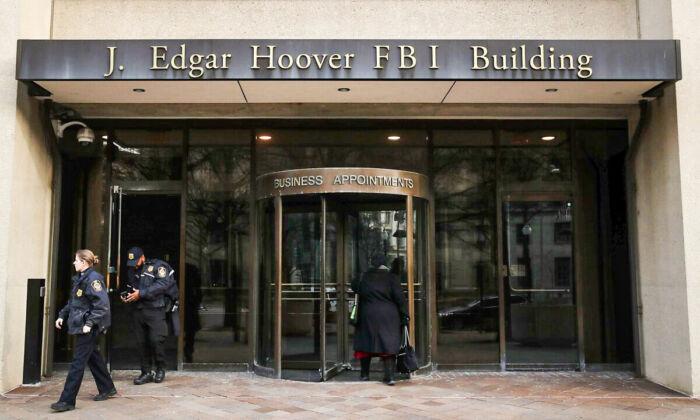
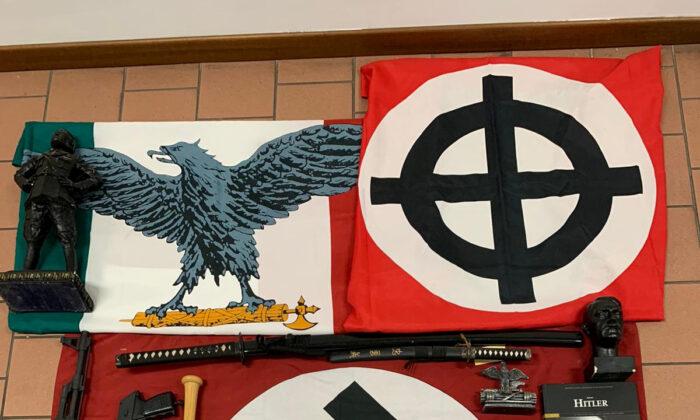
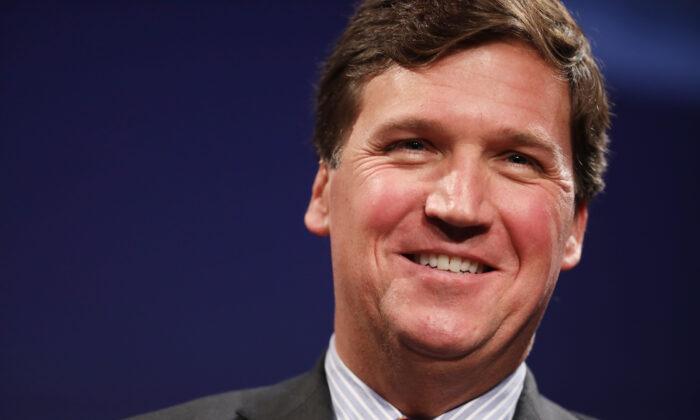
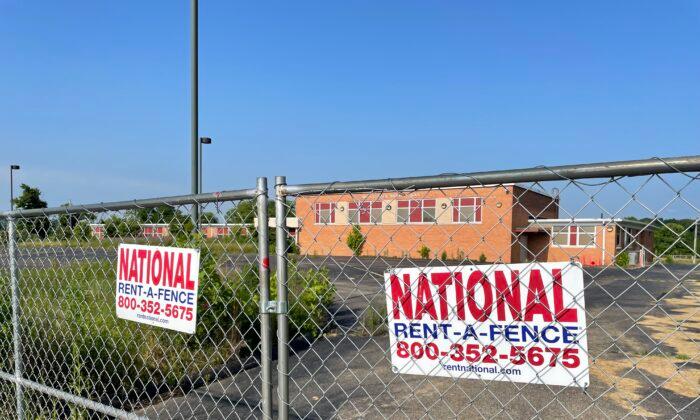
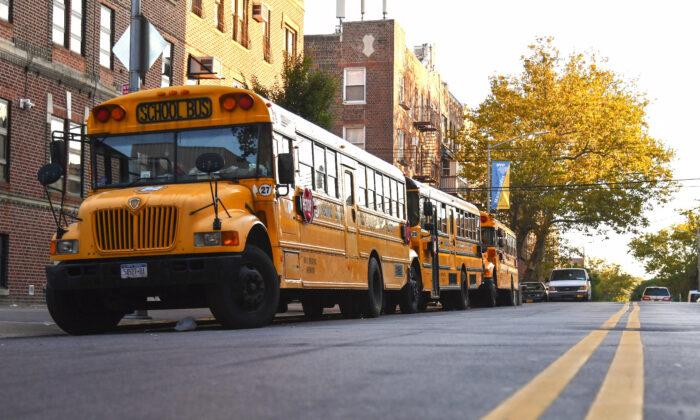
Friends Read Free